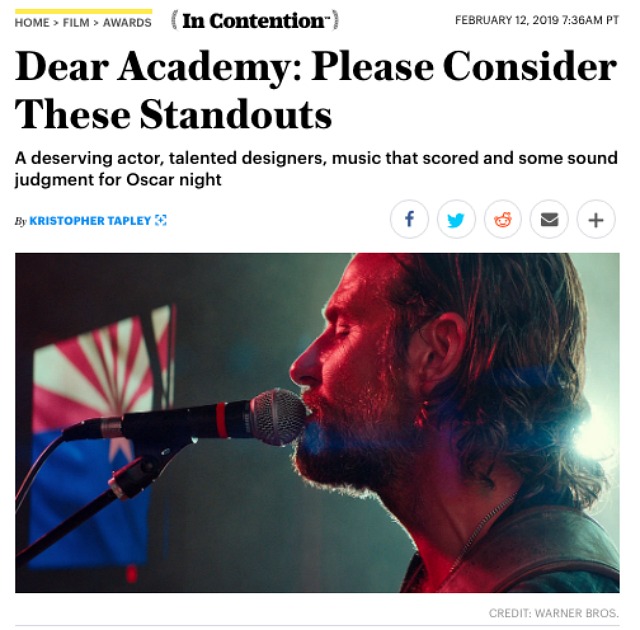Earlier today a certain party suggested that Hollywood Elsewhere is some kind of horrific site, or words to that effect. I’m horrific, the commenters are horrific…something in that vein. I don’t think so, but here’s how I replied:
So we’re talking about core human values amongst industry blogaroos? Okay, I’ll give it a shot. Richard Rushfield is an actual human being, but not everyone is. How gentle and compassionate is Pete Hammond? Very, I would actually say. Sasha Stone is another real-deal human being. How close to God and the infinite is Tom O’Neil? (Only Tom can say.) How many blind people have been escorted across busy streets by Kris Tapley?
Where does Michael Musto rank on a one-to-ten scale of kindness and compassion? How often does the gimlet-eyed Greg Ellwood smile serenely and let the alpha seep out? (Or in?) Steve Pond possesses kindness and general humanity, but can the same be said of Sharon Waxman? (I’m asking.) Jordan Ruimy and Scott Feinberg are human beings, but as William S. Burroughs once said to a gathering at Madison Square Garden, “Some people are shits.”
How many daily columnists have experienced LSD satori at a relatively young age, as I did? How many Oscar columnists have gotten married less than two years ago, lost two cats to disease over the past 18 months, suffered through a skin cancer operation, been stiffed by Sundance (with the gracious help of “the incel” Scott Weinberg) and presided over the births of six kittens within the last few weeks?
Who gets to stand behind the pulpit and say “you are a very good person but you, unfortunately, are not”? Especially if that pulpit condemner has a habit of scowling at people at parties.





